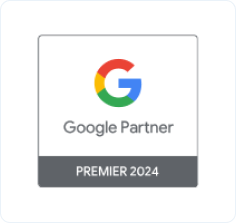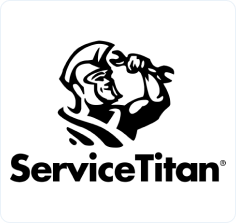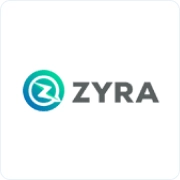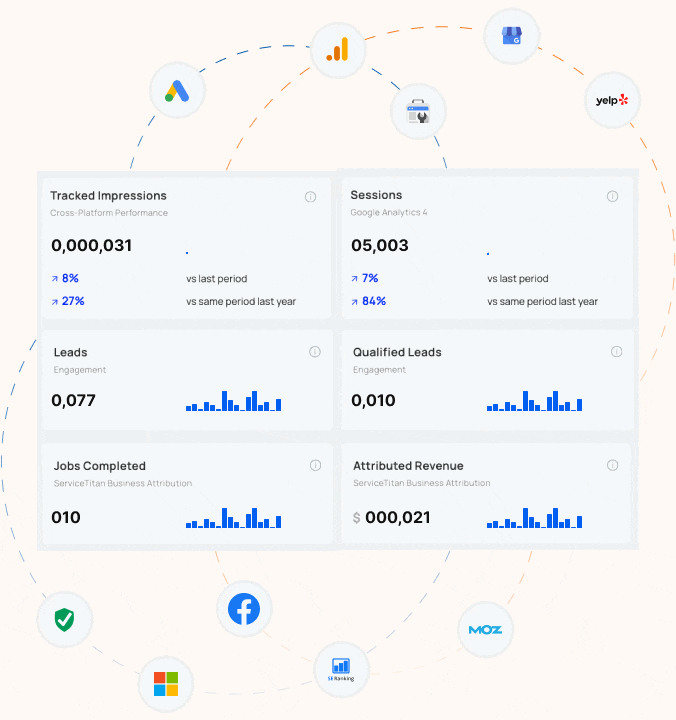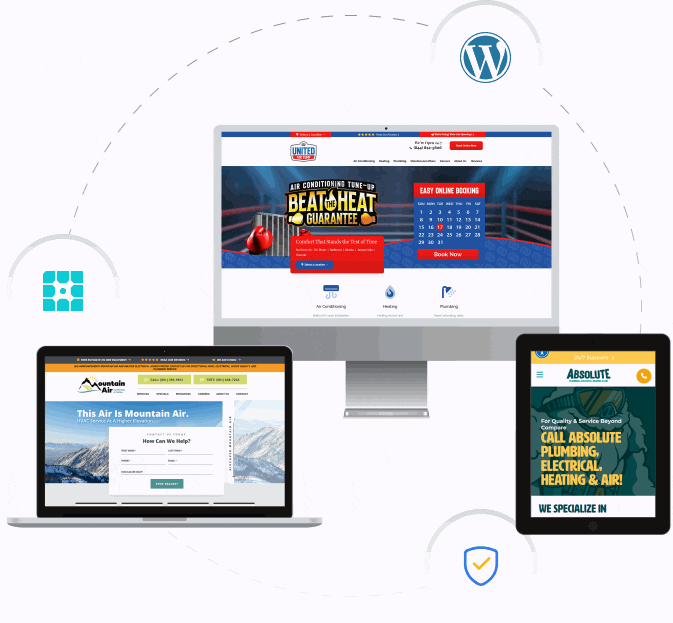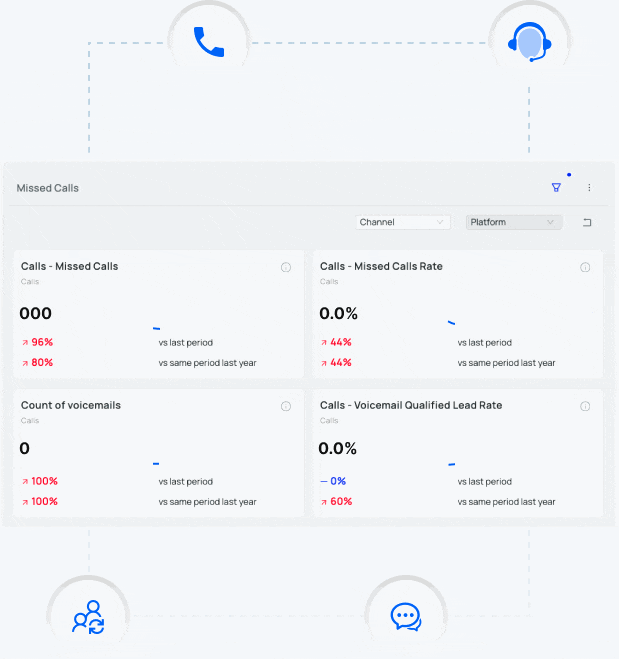
At this point, we all know that non-spammy links are good for SEO—both internal and external links. But when using external links, is it better for SEO to have them open in the same window or in a new window? Many content management systems allow you to set certain rules for your links, one being “open link in a new window.” There is an ongoing argument in the marketing and web design world about what the best practices are when it comes to link creation.

 At the end of the day, what is the best practice when using external links? I guess that is for you to decide. Ultimately, your design is your own. If your main focus is the user experience, you might want to refrain from opening links in new windows. If your main focus is marketing and SEO, then perhaps you should open just a few links in new windows…or none at all. The choices are yours and yours alone.
At the end of the day, what is the best practice when using external links? I guess that is for you to decide. Ultimately, your design is your own. If your main focus is the user experience, you might want to refrain from opening links in new windows. If your main focus is marketing and SEO, then perhaps you should open just a few links in new windows…or none at all. The choices are yours and yours alone.
Internal vs. External Website Links
First, let’s clarify—internal links take users to another page on the same website, external links take users to a new page on a new website.Reasons to Open a Link in a New Tab/Window:
1. Some links are intended to just be used as a reference and will be quickly closed afterwards. In this case, it would be easier and more convenient for your user to have the link open in a new window or tab. 2. Some choose this option as a way to keep users on their site. Even if users click on an external link and navigate away from your page, your website tab is never closed and users can interact with it again later.
Reasons Not to Open a Link in a New Tab/Window:
1. The user will open a new page themselves if they feel your page is worth reading. Now that browsers use tabbed browsing, it’s easier to browse multiple websites. 2. As much as you would like to control your users, it is not your browser. You should not force them to open links in a new window—this can be annoying. You want your users to come back to your site, so keeping them happy is important. 3. The back button is always an option for users. Even if they leave your page, it is temporary and they can use the back button to return to your page, if they choose to.An SEO Nerd Would Say…
Outgoing links are a vital aspect of SEO. If the linked page opens in a new window, it can reduce your bounce rate and exit page percentage, which can help to increase its overall page value or authority. If a thousand people are going to your site, then going to another page and leaving your page via the link, it could flag Google and tell it the page is not valuable. You want people to stay on your site for as long as possible, so if you set your links to open in a new window, they can view the new page and easily click back to your website.A Web Design Nerd Would Say…
Never automatically set your links to open in a new window. Your visitors should have total control over their experience. A user could not realize the window opened in a new tab or browser and try to repeatedly hit the back button without a result. For a user, that would be rather annoying and take away from his or her experience. Most people know how to open outbound links in new tabs or windows. Modern browsers make multiple-tab/window organization easy to follow for almost everyone who wants to use them. Those who don’t know, don’t matter—just kidding—but really, I think my grandma even knows how to open a tab in a new window. At the end of the day, what is the best practice when using external links? I guess that is for you to decide. Ultimately, your design is your own. If your main focus is the user experience, you might want to refrain from opening links in new windows. If your main focus is marketing and SEO, then perhaps you should open just a few links in new windows…or none at all. The choices are yours and yours alone.
At the end of the day, what is the best practice when using external links? I guess that is for you to decide. Ultimately, your design is your own. If your main focus is the user experience, you might want to refrain from opening links in new windows. If your main focus is marketing and SEO, then perhaps you should open just a few links in new windows…or none at all. The choices are yours and yours alone.


